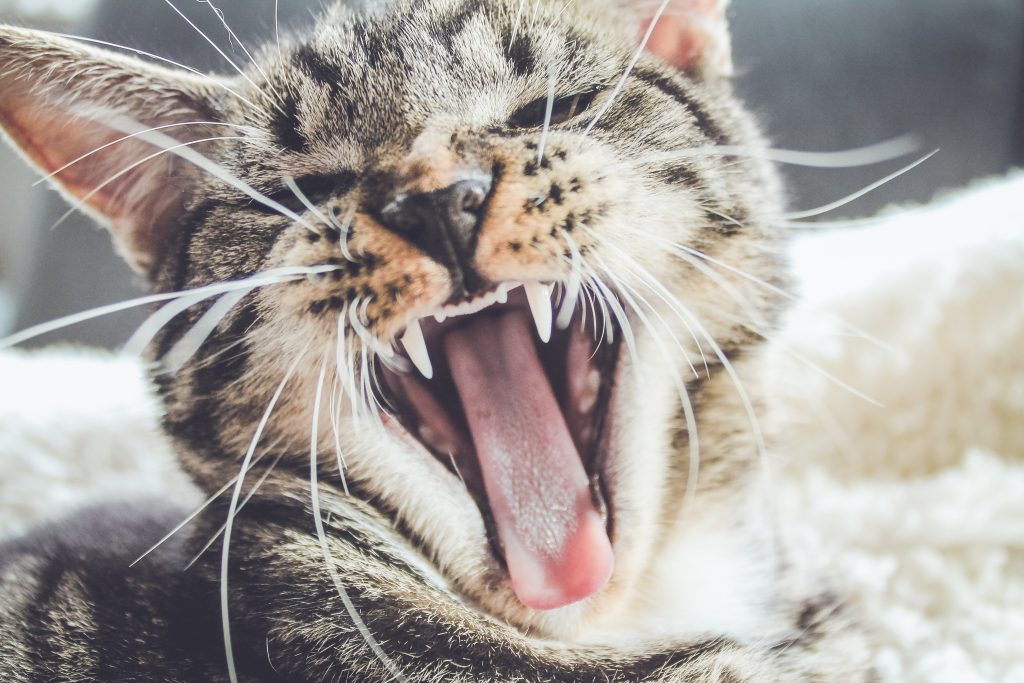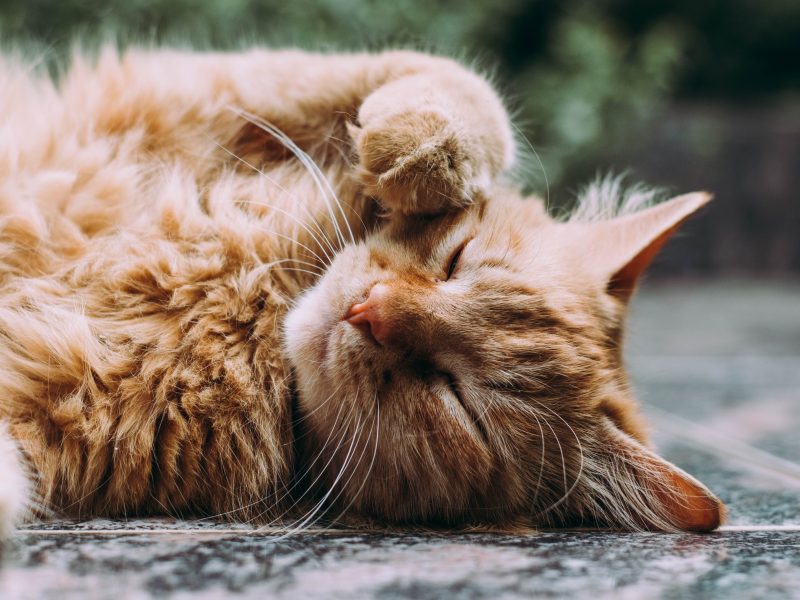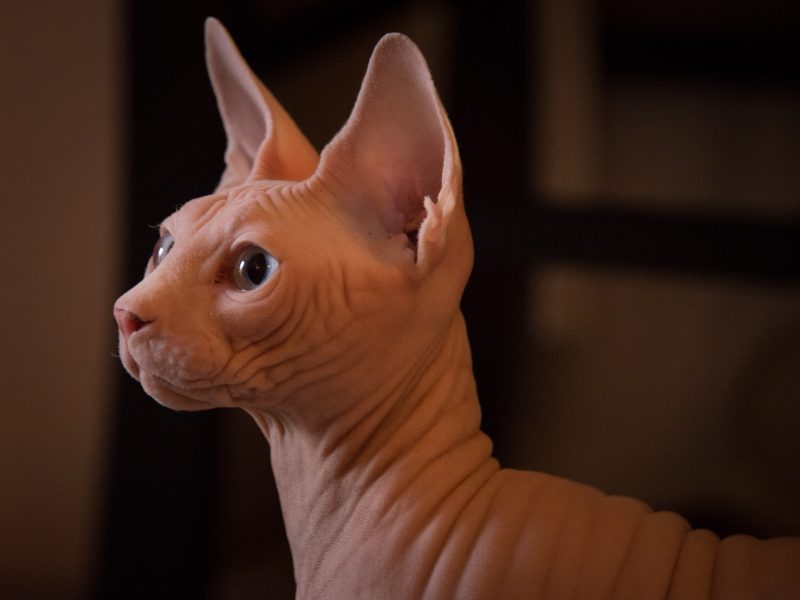Warning: Undefined variable $custom_content in /www/wwwroot/adoptorbuy.com/wp-content/themes/fairy-blog/functions.php on line 104
Last updated on October 13th, 2022 at 02:38 pm
Nailing the basics
Cats love to groom themselves, and spend a good portion of their time doing so. Cats with shorter hair are often able to keep their coats in good order, but cats with longer fur, unique coat types, or flat faces (and older cats that are a little arthritic) will need help from a human. Rather than seeing it as a chore, look at cat grooming as a chance to bond with your cat. Even the most independent cat will appreciate a little pampering.
How to get your cat used to being groomed
It’s easiest to start to grooming when your cat is still a kitten, but even adult cats can get used to being groomed. Start when your cat is sleepy, such as in the evening after dinner. Don’t expect to finish a full grooming session the first time you try this. Start with short sessions of brushing, nail trimming or whatever you are trying to achieve. Praise your cat for being calm and cooperative – consider giving a food reward too. If your cat seems unhappy, take a break and try again later.
Brushing
Brushing and combing are very helpful for longhaired cats, but even shorthaired cats may enjoy the experience. It helps to remove dirt and tangles, and distributes the skin’s natural oils evenly through the hair. It can also help to remove loose fur, reducing the amount of hairs shed around your home (not to mention the amount of hairballs!). Although shorthaired cats only need to be brushed once a week, a longhaired cat or one with mobility issues may benefit from more regular or even daily brushing.
Gently brush your cat from the head towards the tail, following the direction of the fur. Be gentle when brushing the face, chest, and belly: these areas are sensitive and sometimes ticklish! A metal comb can loosen any dead fur, and a rubber or bristle brush will remove the latter. You can use a soft toothbrush to gently brush your cat’s face. Some cats really enjoy being gently brushed on the cheeks or under the chin.
Nails
Cats will usually sharpen their claws when they use a scratching post. That said, you may need to clip them occasionally if they are growing too long. Older cats may find it harder to use a scratching post, and will need a bit of help keeping their claws trimmed.
The best strategy is to get your cat used to you touching their feet. Praise your cat for letting you touch their paws. Progress to holding your cat’s paws, and praise them when they cooperate.
Once your cat learns to accept having their paws handled, you can start trimming their nails. Gently squeeze the toe pad until the claw emerges. Using a pair of nail clippers designed for cats, clip off a small amount of the white part of the claw. Don’t trim too high up, as higher up in the claw there are nerves and blood vessels. Don’t forget to trim the dew claws (the claws on the inside of the legs).
The first time you try this, you might not be able to trim all of your cat’s nails in one go. You can start by trimming a few at a time, or even one at a time for especially impatient cats.
Eyes
This is a topic often overlooked when it comes to cat grooming. Cats sometimes have crusty material on the inner corners of their eyes. There is usually a small amount of brownish material that can be gently wiped away with damp cotton wool.
This is a good opportunity to check that your cat’s eyes are healthy. If you see redness, watery eyes, a visible third eyelid, discharge, or a change in eye colour, it would be wise to speak to your vet.
Ears
A healthy cat’s ears shouldn’t need too much cleaning. Check the ear flap for any injuries or dirt. You can gently wipe the pinna with a slightly damp piece of cotton.
If you are worried about dirt or issues in the inner ear, consult your vet. Your vet will be able to examine the middle and inner ear, and can suggest a suitable ear cleaner. Head shaking, excessive scratching or grooming, and discharge can be signs of a problem.
Teeth

With advances in dental care for animals, there is more emphasis on keeping your cat’s teeth clan to avoid dental problems further down the road. Brushing your cat’s teeth does not guarantee freedom from dental issues, but does reduce the risk of the latter.
You can use a small toothbrush (for example, one designed for babies) and salt water, or a toothpaste formulated for pets (do not use regular toothpaste). You will need to desensitise your cat to having his/her mouth touched, and gradually introduce the toothbrush. Not all cats tolerate having their teeth brushed. Some cats might prefer chew toys over toothbrushes.
Dental Issues
If your cat is especially uncooperative or has dental issues, you can seek the advice of your veterinarian. Your veterinarian may also be able to offer a dental service and, if necessary, extraction of any damaged teeth. You can still check the condition of your cat’s teeth/gums and the smell of their breath. Inflamed gums, foul breath, loose teeth, ulcers, excess drooling, and difficulty eating can be signs that something is wrong.
Bathing
Most cats do not need regular bath, though certain breeds such as the Sphynx are the exception. If your cat is especially dirty or oily, it’s time for a bath. The average cat is not keen on water, but there are some oddballs that enjoy playing in water. If you own a cat that does need regular baths, such as a Sphynx, it’s best to get him/her used to baths from an early age.
Enlisting the help of professionals
Sometimes, cat grooming can be difficult no matter how hard you try. A professional groomer can not only ensure your cat is clean and properly groomed, but they might also be able to teach you some tricks on how to have a better experience at home.


